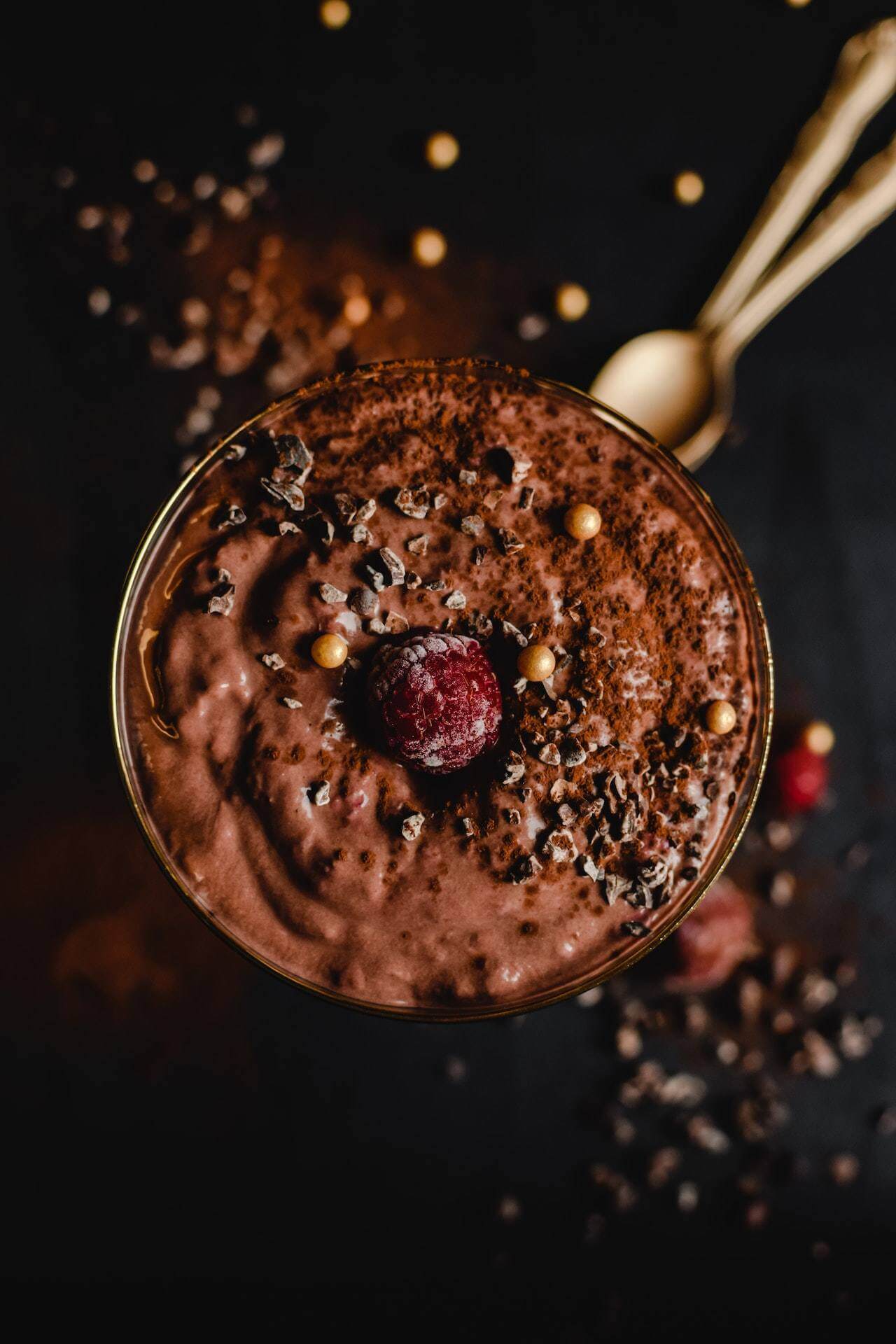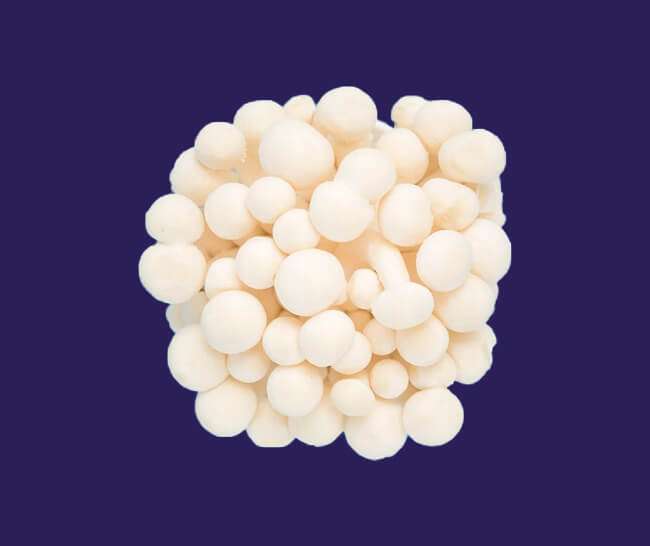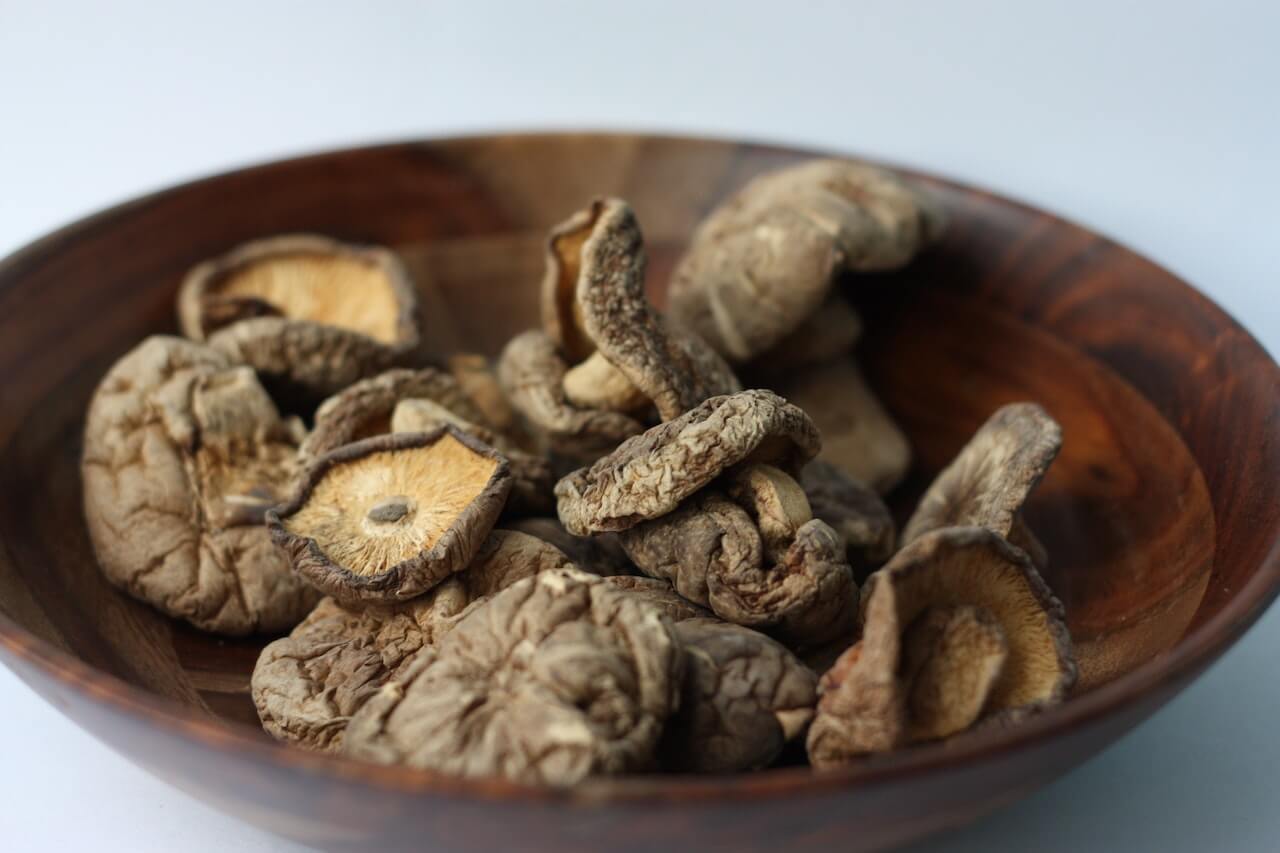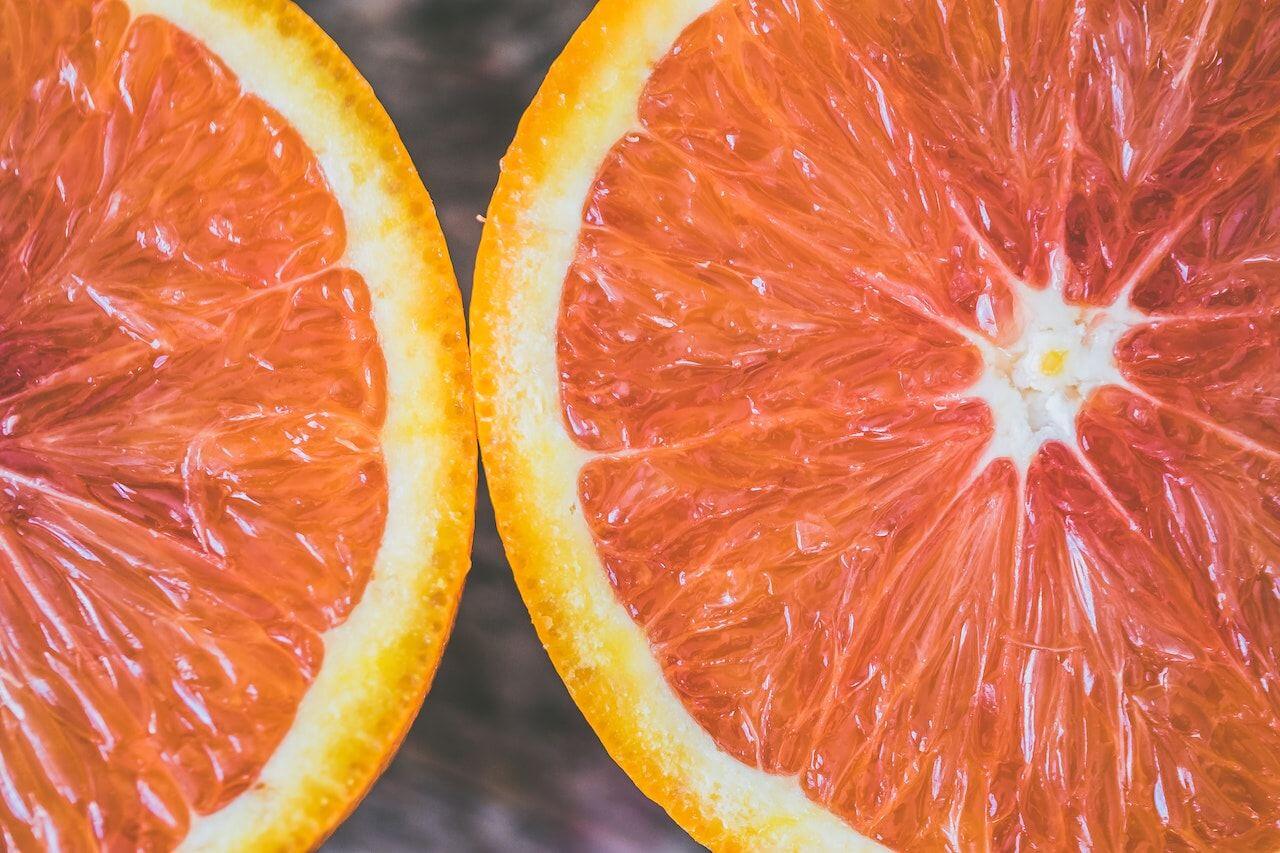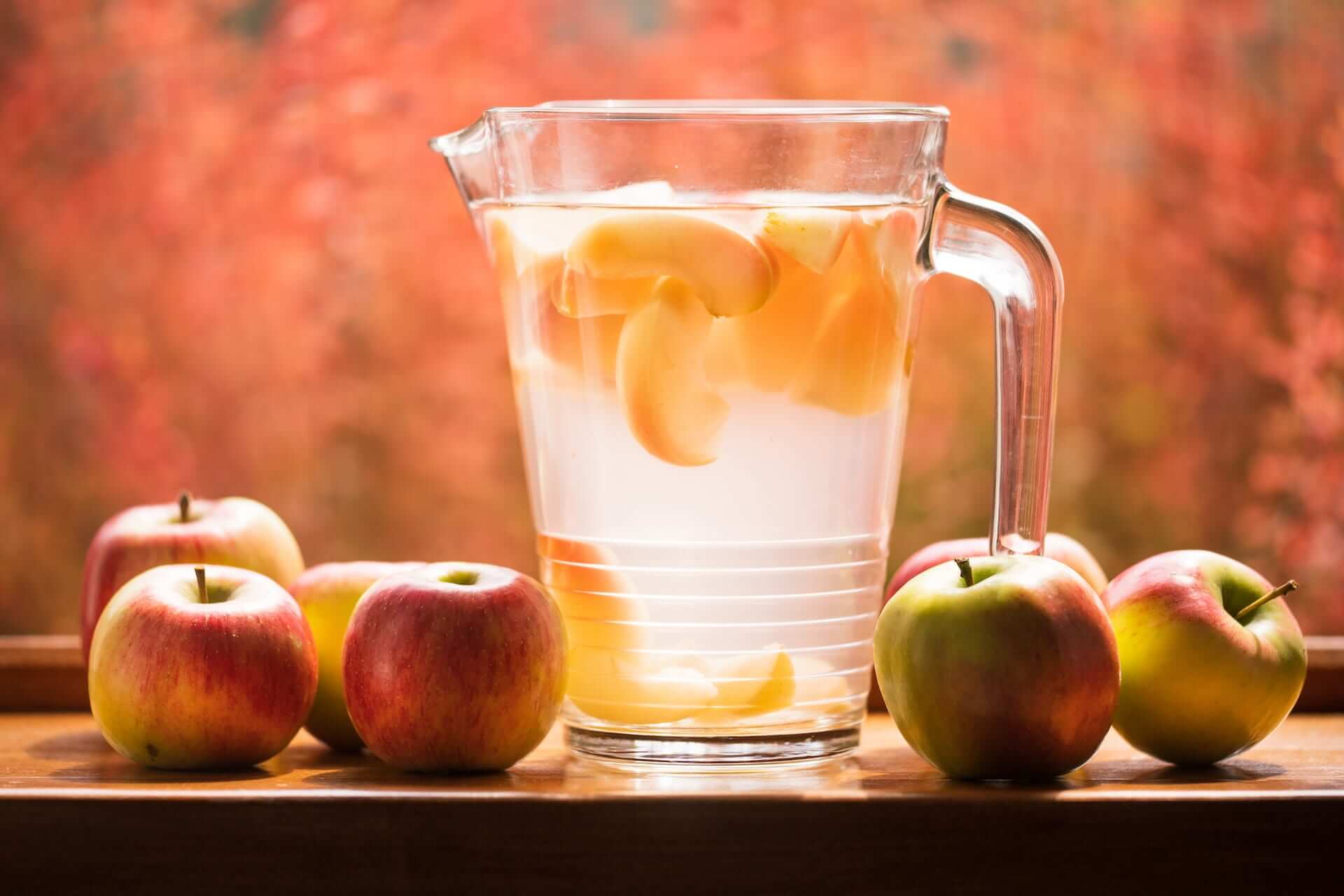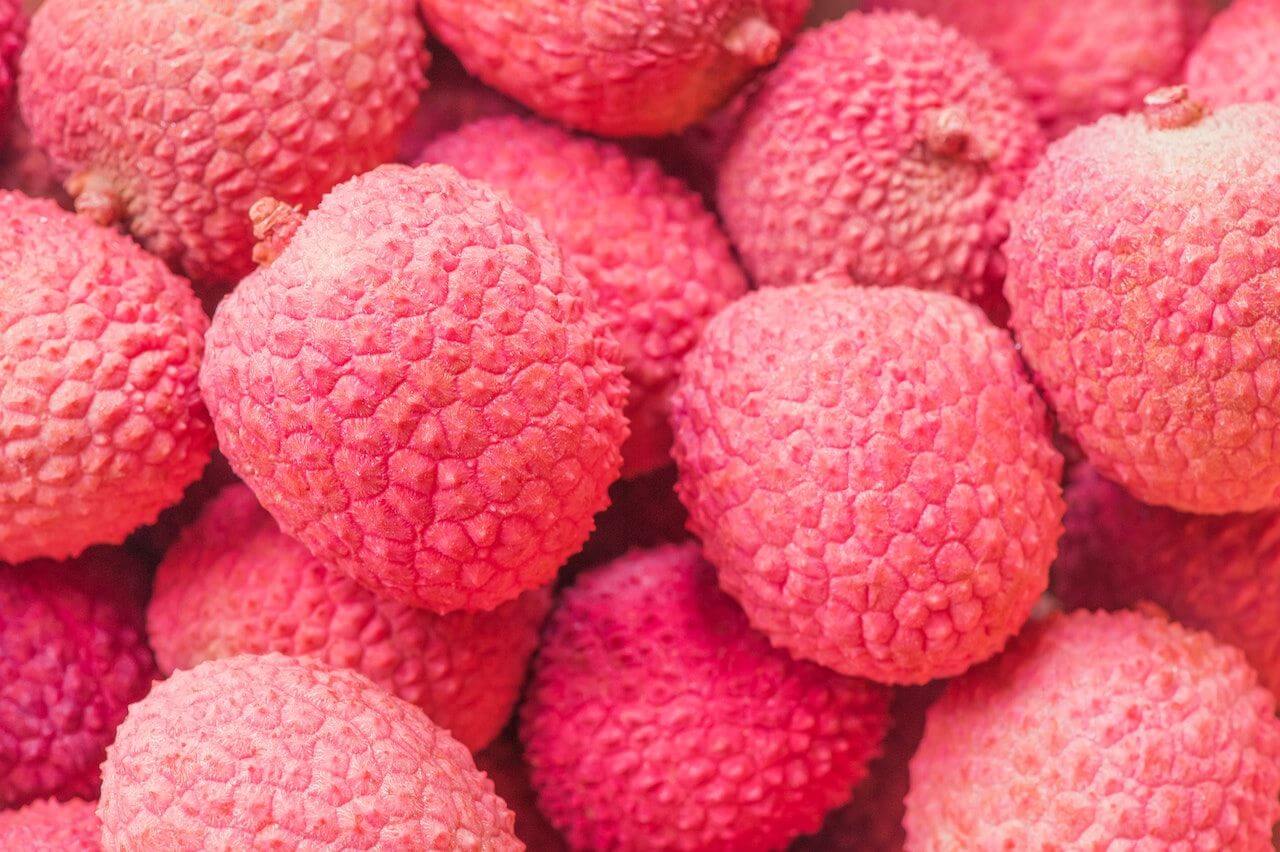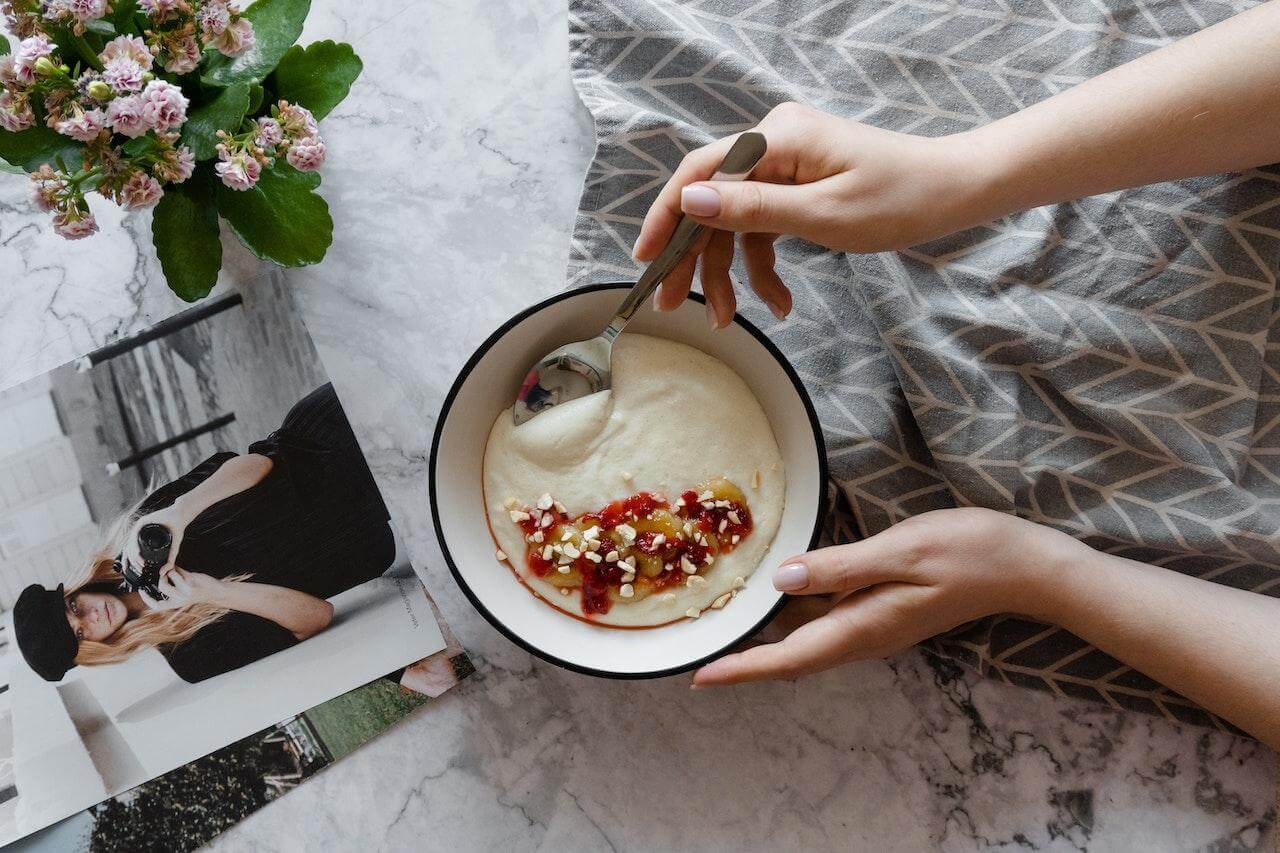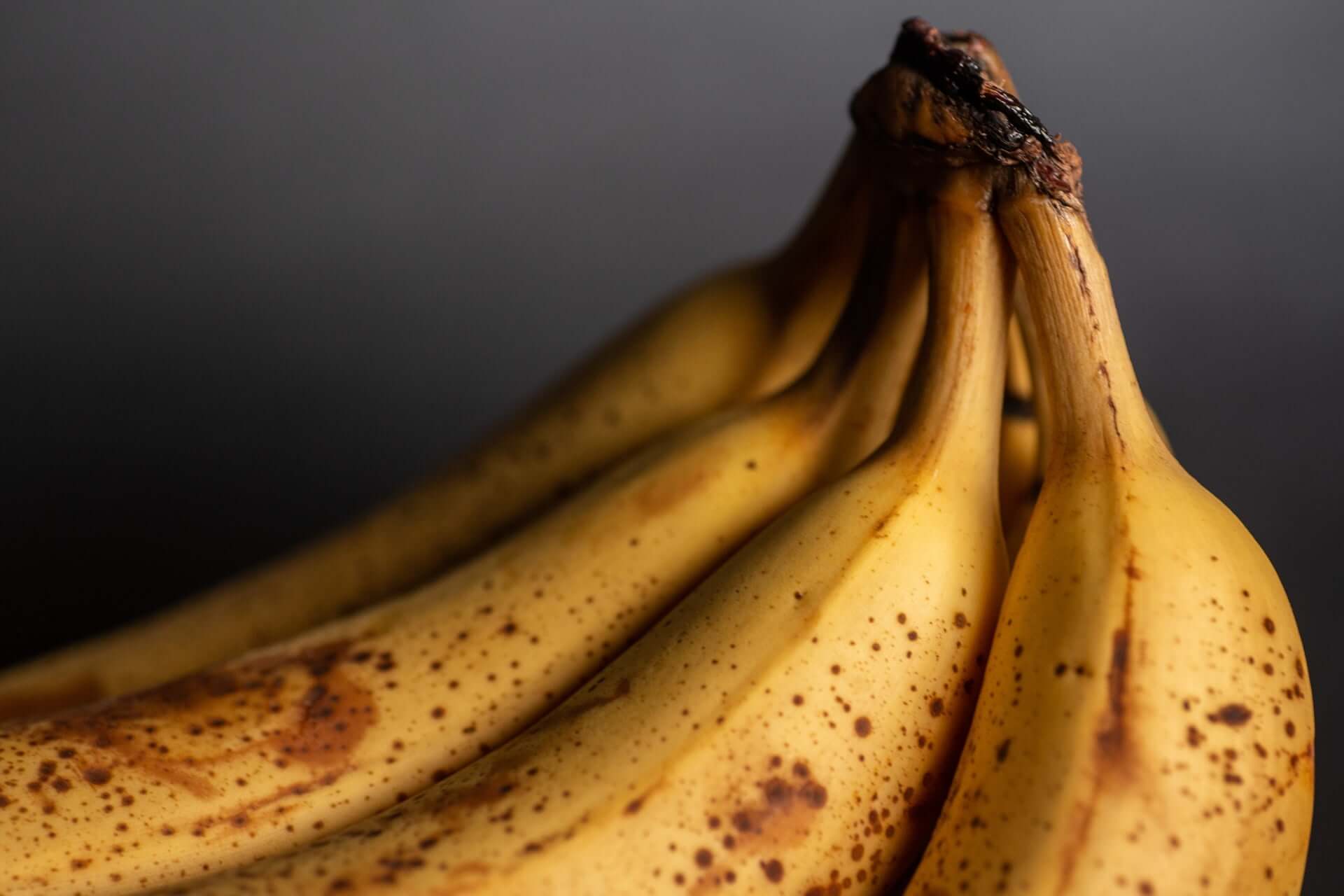When someone mentions cocoa butter, you might first think about its place in the cosmetic industry. It’s commonly found in lip balms, face and body lotions, soaps, and other skincare products. But lately, it seems to be getting more attention for its role in the kitchen. Cocoa butter, also called theobroma oil, is a highly-versatile vegetable fat used in sweet and savory recipes and added to many food products.
So why is cocoa butter all the buzz these days? Just what is cocoa butter? In addition to its unique taste, this vegetable fat also offers a long list of purported health benefits. Cocoa butter is rich in vitamins, antioxidants, and other nutritional powerhouses known for their role in maintaining a healthy body. In this article, we’ll look at the ins and outs of cocoa butter and ways to include it in your lifestyle.
What is Cocoa Butter?
Cocoa butter is an edible fat that’s extracted from the cocoa bean. It’s pale yellow and entirely vegan-friendly. While this vegetable fat is never eaten on its own, it has a mildly sweet flavor with hints of a chocolate bar. It also has a distinct texture, similar to coconut oil and coconut butter.
Cocoa butter can be categorized into two types: deodorized and non-deodorized. Deodorized cocoa butter has been treated physically or chemically to reduce its natural aroma.
Because of its tamed aroma, it’s often used for cosmetics. Occasionally, chocolatiers will add it to recipes to improve mouthfeel without distinctly changing the flavor. But unfortunately, this process also strips cocoa butter of many beneficial nutrients and antioxidants.
Non-deodorized cocoa butter, on the other hand, is more natural and unrefined. It retains its pale-yellow color and intense flavors from the cocoa bean. It is often used in different types of chocolate, including white chocolate.
{{mid-cta}}
How is Cocoa Butter Made?
Cocoa butter is sourced from the cacao bean, which is part of the theobroma cacao plant. The cocoa bean is made up of over 40% fat in the form of cocoa butter. So, what is cocoa butter made of?
When making cocoa butter, the beans are first cleaned and shelled. Then, they are either roasted or fermented. Fermenting preserves more of the cocoa butter’s stability during manufacturing and helps develop its aroma.
Lastly, the beans are processed into cocoa nibs and cocoa liquor, then pressed to extract the cocoa butter. The other end products include cocoa cake and cocoa powder.
Cocoa vs. Cacao vs. Shea Butter
If your head is spinning as you try to decide between cocoa butter, shea butter, and cacao butter, you’re not alone. So let’s break down the differences between cocoa butter vs. cacao butter and cocoa butter vs. shea butter so it’s less overwhelming.
We’re all pretty familiar with regular butter. But how does it compare to cocoa butter? Regular butter is richer in vitamins A and B12, but cocoa butter contains more vitamin K and monounsaturated fat. However, their primary difference stems from their source of origin. Butter is sourced from cow’s milk, whereas cocoa butter is from cacao trees.
So, if cocoa butter is sourced from the cacao plant, is it interchangeable with cacao butter? Almost, but not entirely. Raw cacao butter undergoes a much slower manufacturing process to ensure the temperature does not exceed 115 degrees Fahrenheit.
Additionally, since cocoa and shea butter are plant-based fats, they are often compared. However, they’re pretty different. Where cocoa butter is sourced from a bean, shea butter is sourced from the nut of the shea tree. The two types of butter are also processed differently and have different scents. Still, they can be used for hydrating the skin, treating skin irritations, and cooking.
Cocoa Butter Nutrition Facts
Cocoa butter is packed with nutrients.1 The nutrition profile includes nutrients, such as:
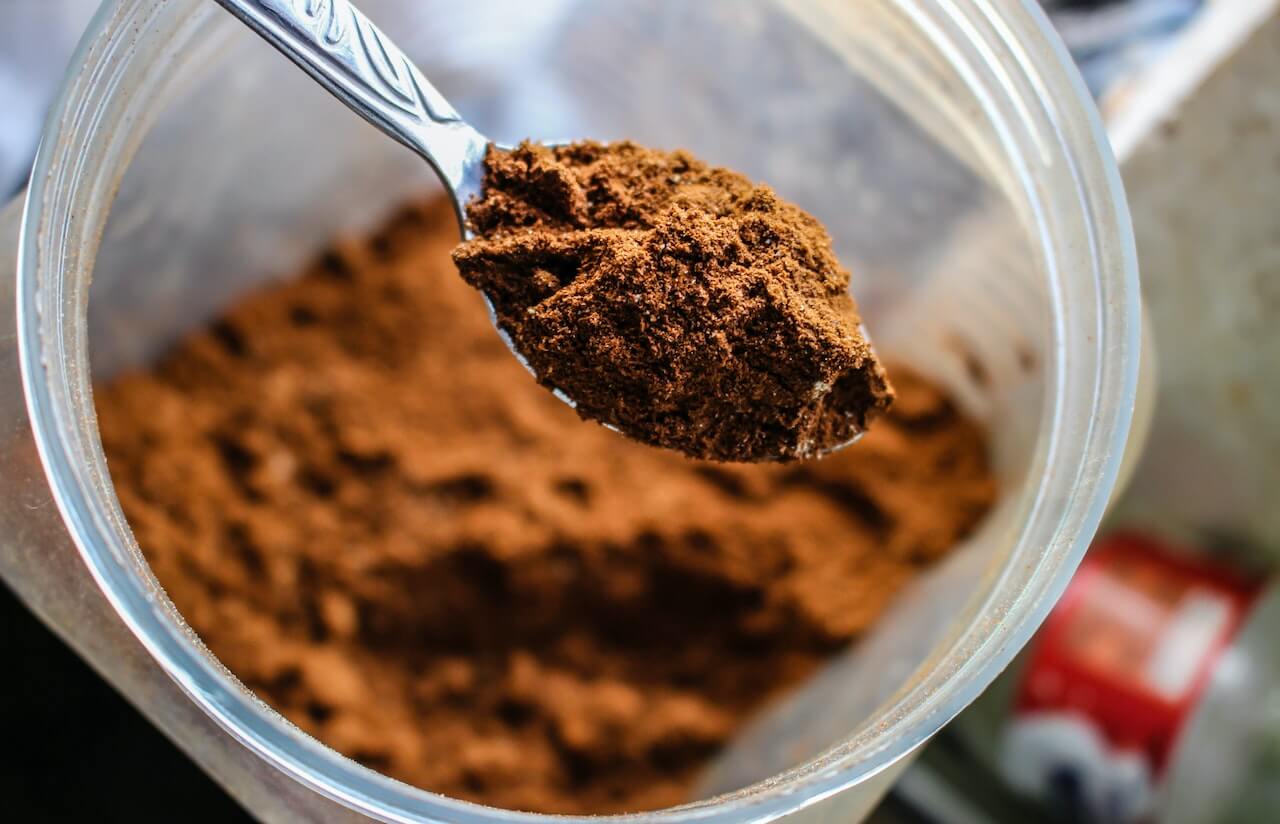
Polyphenols
Polyphenols are antioxidant compounds found in many plants, such as fruits, veggies, and cocoa beans. Unfortunately, as the cocoa bean undergoes processing, much of the polyphenols are removed, and these non-fat portions of the processed bean are highest in polyphenols. So, cocoa butter itself is not necessarily a good source of polyphenols.
Still, research suggests that cocoa polyphenols can significantly influence the body. For example, the cocoa polyphenols that make it to the colon can help improve the gut microbiome.2 Cocoa polyphenols also offer promising cardioprotective effects.3
Fatty Acids
Cocoa butter is a mix of saturated and unsaturated fatty acids. This fatty acid profile translates into three types of triglyceride fats in cocoa butter.
Vitamin D2
Cocoa butter is a rich source of vitamin D2, which acts as a precursor to vitamin D. And we know that vitamin D helps support many aspects of our overall health, including our bone health, immune system, and heart health.
Potassium
The potassium content in cocoa butter can help support healthy blood pressure.
Copper
Copper can be influential in supporting brain health. Amazingly, cocoa butter is a good source of copper.
Zinc
The zinc found in cocoa butter can help support our immune health.
Iron
Cocoa is also rich in iron, which plays a significant role in the body’s red blood cell activity.
Magnesium
The magnesium found in cocoa butter can affect muscle and nerve function.
How is Cocoa Butter Used?
We know cocoa butter is highly versatile. It can simultaneously be part of our skincare routine and in some of our favorite recipes. Since it stays solid at room temperature and melts at body temperature, cocoa butter is ideal for beauty products. Its velvety smooth texture on the skin makes it an excellent ingredient for salves, lotions, lip balms, and other types of makeup. Additionally, its antioxidant properties can help prevent rancidity, thus prolonging its shelf life.
When used in cooking, cocoa butter can be a nutritious addition to many sweet and savory recipes. It can be an excellent alternative to coconut butter or a substitute for regular butter in vegan or dairy-free recipes. In addition, it can add a bit of creaminess to beverages and delicious desserts, and since it has a high smoke point, it doesn’t easily burn when cooking at high temperatures.
8 Health Benefits of Cocoa Butter
There’s certainly a need for continued research regarding cocoa butter and its potential impact on long-term health. However, available information points to a connection between cocoa butter and certain health benefits. Potential cocoa butter benefits include:
Rich in Vitamins
Cocoa butter is rich in various vitamins. For example, cocoa butter contains a decent amount of vitamin E, which plays a role in our vision, reproduction, brain, skin, and blood health.
May Help Lower Inflammation
Research indicates that cocoa butter exhibits anti-inflammatory properties.4 The polyphenolic compounds in cocoa butter may help reduce inflammatory markers involved in many chronic diseases, such as atherosclerosis.
May Offer Skin Healing Properties
Cocoa butter is one of the main components of many topical treatments for skin conditions like eczema and dermatitis. Its oil-based nature and rich moisture content can help ease itching and support skin’s healing after a flare-up.
Can Help Protect Against Sun Damage
Exposure to ultraviolet radiation from the sun can cause changes in skin texture, damage skin cells, and, most notably, increase our risk of skin cancer. Thankfully, the phytochemicals in cocoa butter may help lower our risk of developing skin disease by protecting us from skin damage caused by harmful UV rays.
Can Support Healthy Cholesterol Levels
Cocoa butter offers many benefits that may support our heart health. For example, cocoa butter contains stearic acid, which our liver can convert to a monounsaturated fat called oleic acid. Oleic acid can reduce LDL cholesterol levels and boost HDL cholesterol levels.
May Help Ease Liver Disease Symptoms
Some forms of liver disease can be linked to choline deficiency. Cocoa butter contains choline, making researchers believe its consumption can help reduce the risk and manage symptoms of liver disease.
Can Support a Healthy Gut
When cocoa polyphenols reach the colon, they are broken down into smaller metabolites but the gut microbiota and can help shape the microbial population. Research indicates that the prebiotic effects of cocoa can help enhance the growth of beneficial bacteria while reducing the number of harmful bacteria.5
Can Improve Bone Health
Cocoa butter contains a small amount of vitamin K, which we know plays a role in building and maintaining bone mass. It also contains vitamin D, which is essential for calcium absorption and healthy bones.
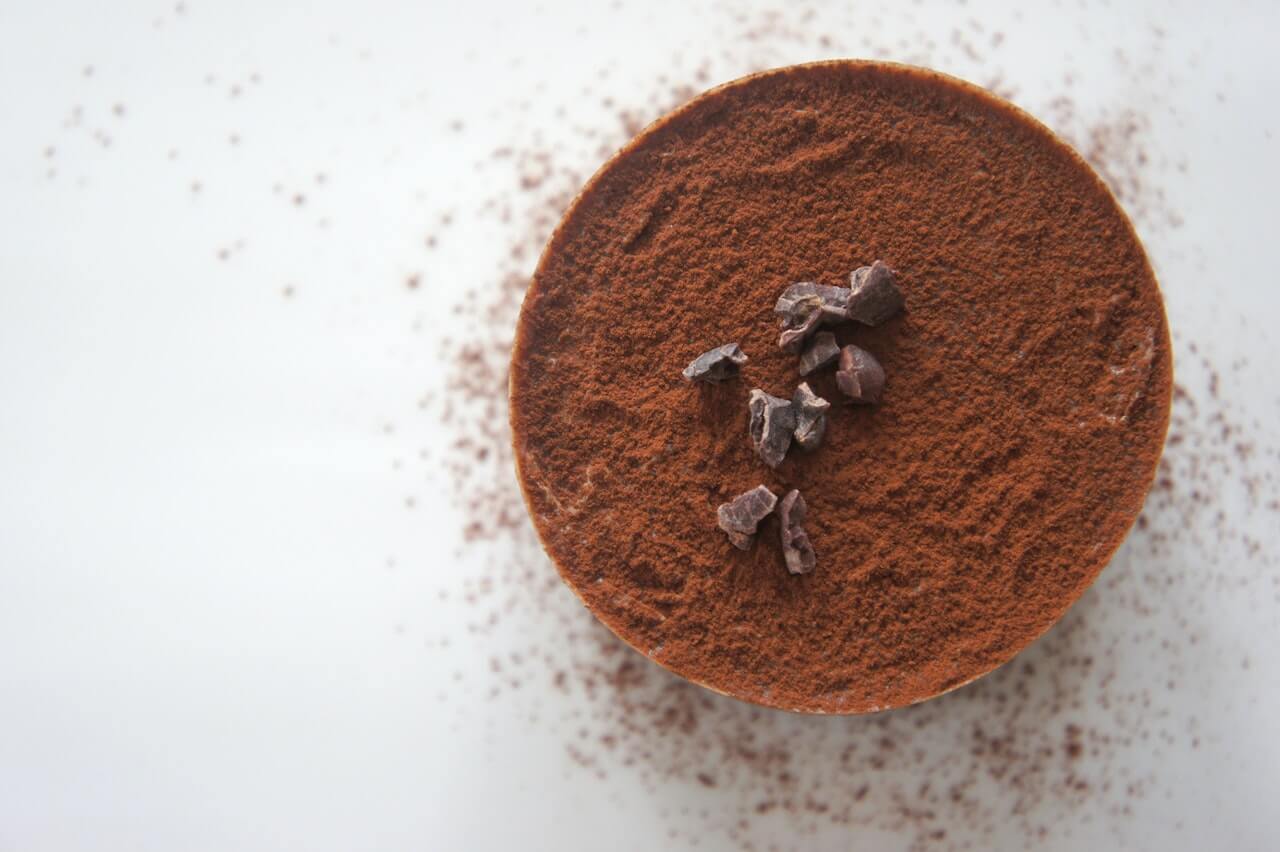
Potential Downsides of Cocoa Butter
Many of the health benefits associated with chocolate or cocoa consumption are related to the polyphenol content of the product, not necessarily cocoa butter itself. However, cocoa butter is generally considered safe for adults to use on the skin or in most recipes.
Pure cocoa butter does not contain ingredients likely to cause disturbances in the body. In fact, we can even eat pure cocoa butter. However, no matter how delicious they smell, we should never eat cocoa butter products made for the skin.
Where to Buy It and How to Store It
If you’re wondering where to buy cocoa butter, it can be found at many health food stores, specialty grocery shops, and online stores. In addition, cosmetic-grade cocoa butter can be purchased from most drug stores and vitamin shops. However, if you plan to use cocoa butter for cooking, buy pure cocoa butter that is considered food-grade. If the product is not regarded as food-grade, it may be unsafe to ingest.
If stored properly, raw cocoa butter can last for years. However, its melting point allows it to melt quickly, so keep it away from lights, windows, and heat sources. Instead, store it in a cool, dry place, such as a dark container in your refrigerator.
How to Cook with Cocoa Butter
Cocoa butter melts easily, but there’s a science to melting it properly. It may take longer than expected, but it’s best to melt it gradually, just as you would melt chocolate. Try melting it in a double-boiler or short bursts in the microwave.
You can also use cocoa butter as the primary fat source in many of your favorite cooking and baking recipes. However, it cannot be a direct substitute for regular butter. Since cocoa butter is a full-fat, you’ll need to decrease your portion and add water to mimic the water content of regular butter.
Two Cocoa Butter Recipes
Homemade Chocolate
When making homemade chocolate, you’ll need just three simple ingredients: cocoa butter, unsweetened cocoa powder, and a sweetener of your choice. Common sweeteners include maple syrup, honey, or agave.
Start by melting your cocoa butter, then add cocoa powder, sweetener, and a pinch of sea salt. Whisk everything together until no lumps remain, and pour the chocolate into a silicone mold. Let the chocolate harden in the fridge for about 30 minutes, and enjoy!
Cocoa Butter Cookies
Making cocoa butter cookies is super simple. Start by melting cocoa butter over medium-low heat and stirring with a spatula. Once thoroughly melted, you’ll add the typical cookie ingredients: sugar, salt, baking powder, baking soda, and nutmeg.
You’ll add the necessary egg and vanilla extract after those dry ingredients are mixed. Then, simply divide the cookie dough into equal portions and line them on a cookie sheet. Top with cocoa nibs as desired and bake until puffed and firm around the edges.
Learn More About the Art of Healthy Eating with Signos.
Curious about how Signos works? Signos harnesses the science behind continuous glucose management to provide users with real-time data to understand how their bodies respond to the foods they eat. Signos can improve overall health and nurture a healthy relationship with well-balanced nutrition.
Find out if Signos is a good fit for you by taking a quick quiz!
- Item 1
- Item 2
- item 3
Topics discussed in this article:
References
- Montagna, M. T., Diella, G., Triggiano, F., Caponio, G. R., Giglio, O. D., Caggiano, G., Ciaula, A. D., & Portincasa, P. (2019). Chocolate, “Food of the Gods”: History, Science, and Human Health. International Journal of Environmental Research and Public Health, 16(24). https://doi.org/10.3390/ijerph16244960
- Sorrenti, V., Ali, S., Mancin, L., Davinelli, S., Paoli, A., & Scapagnini, G. (2020). Cocoa Polyphenols and Gut Microbiota Interplay: Bioavailability, Prebiotic Effect, and Impact on Human Health. Nutrients, 12(7). https://doi.org/10.3390/nu12071908
- Sorrenti, V., Ali, S., Mancin, L., Davinelli, S., Paoli, A., & Scapagnini, G. (2020). Cocoa Polyphenols and Gut Microbiota Interplay: Bioavailability, Prebiotic Effect, and Impact on Human Health. Nutrients, 12(7). https://doi.org/10.3390/nu12071908
- Khan, N., Khymenets, O., Urpí-Sardà, M., Tulipani, S., Garcia-Aloy, M., Monagas, M., Mora-Cubillos, X., Llorach, R., & Andres-Lacueva, C. (2014). Cocoa Polyphenols and Inflammatory Markers of Cardiovascular Disease. Nutrients, 6(2), 844-880. https://doi.org/10.3390/nu6020844
- Sorrenti, V., Ali, S., Mancin, L., Davinelli, S., Paoli, A., & Scapagnini, G. (2020). Cocoa Polyphenols and Gut Microbiota Interplay: Bioavailability, Prebiotic Effect, and Impact on Human Health. Nutrients, 12(7). https://doi.org/10.3390/nu12071908

